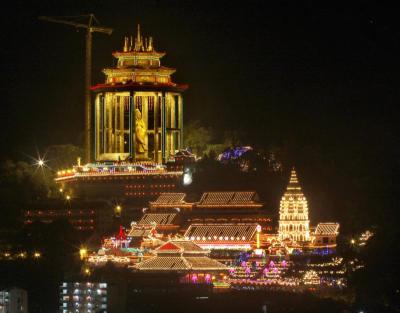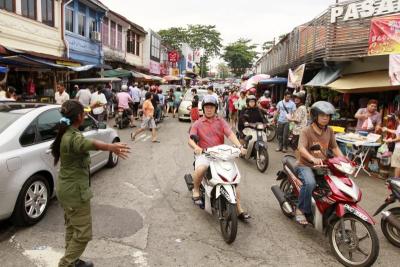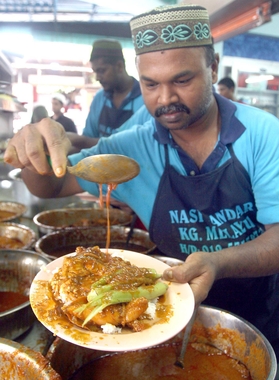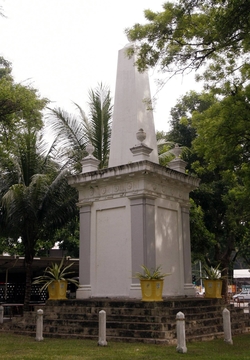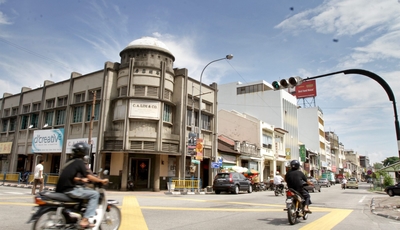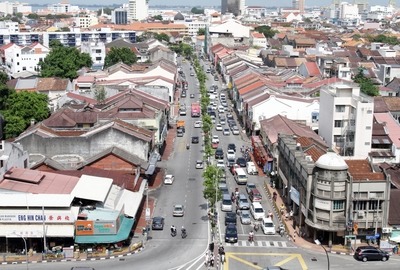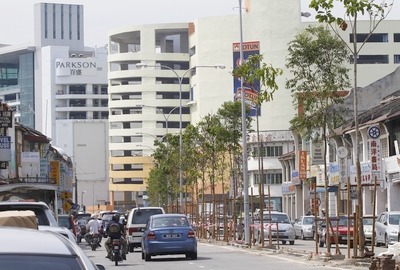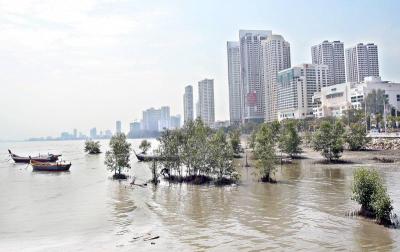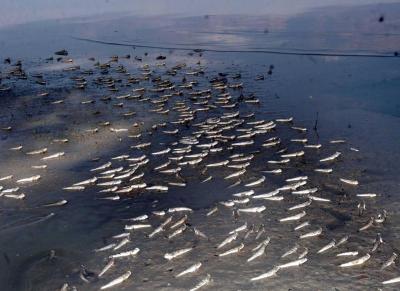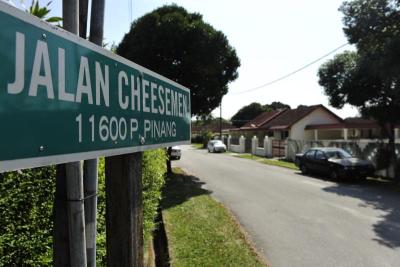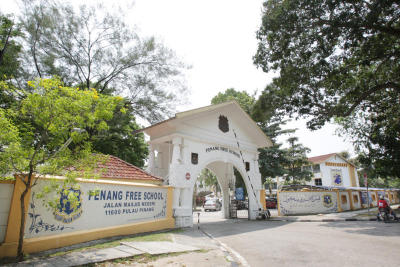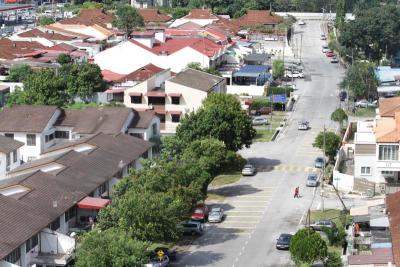Barisan Nasional has been telling the media that victory for the ruling coalition is certain, with a gain of at least 145 parliamentary seats, at this juncture.
While not many Barisan leaders are prepared to commit themselves to talk of a strong win or even a two-thirds majority, there appears to be a consensus that Barisan will hold on to the federal government.
In fact, the Economist Intelligence Unit (EIU), part of the respected London-based magazine The Economist, has predicted that Barisan will win the polls, which are now speculated to be held in mid-April after dissolution of Parliament possibly at the end of March.
Pakatan Rakyat, not to be outdone, has told the media it is confident of getting at least 140 seats with wins in Sabah, Sarawak and Johor, giving it a simple majority.
A simple majority of 112 seats is needed, and 148 for two-thirds majority in the 222 seat Dewan Rakyat. Barisan now holds 137 seats against Pakatan’s 75, Sabah Progressive Party (two), Parti Sosialis Malaysia (one) and seven independents.
As of now the analysis, based on current ground sentiments, is that both sides are fighting hard to win in areas to cover up whatever losses they may face. For example, a thriller is expected in Lembah Pantai where Barisan’s Datuk Raja Nong Chik Zainal Abidin is said to be ahead in the fight against incumbent Nurul Izzah Anwar.
In Segamat, MIC deputy president Datuk Seri Dr S. Subramaniam, who won with a 2,971 majority, is said to be facing a coming storm but he has rubbished such speculation.
In Kelantan, there could be surprises where Barisan, headed by Datuk Mustapa Mohamad, is expected to increase its number of parliamentary seats.
Popular PAS spiritual leader Datuk Nik Abdul Aziz Nik Mat seems certain to keep his grip on the state government but PAS could lose some seats in the state. There are now 14 parliamentary seats – Barisan has two seats against PAS’ eight, PKR’s three and one independent. There is speculation that Umno could add five more this time.
But Barisan can expect a stiffer fight across the South China Sea this time. Much will hinge on whether Pakatan and the local opposition parties can forge a pact before the polls. If they fail, then multi-cornered fights are expected in Sabah and that would split the opposition votes.
All indications are that the coming general election will see multi-cornered fights in most of the 60 state seats in Sabah. In 2008, only 15 seats saw straight fights with 21 (three-cornered), 15 (four-cornered), five (five-cornered), one (six-cornered) and one (eight-cornered). Two seats were won uncontested.
At the parliamentary level, there were seven seats with straight fights, nine (three-cornered), six (four-cornered), one (five-cornered) and two were won uncontested.
While the DAP is expected to put a strong showing in the urban Chinese areas, the real gains will be in the rural constituencies.
The road to Putrajaya will depend on who can win Sabah and Sarawak, with their 25 and 31 parliamentary seats respectively.
In Sabah, Barisan won 24 parliamentary seats against DAP’s one. PKR lost in all 20 constituencies it contested while PAS lost in the one area it contested. But PKR and DAP could pose a stronger challenge this time.
In Sarawak, Barisan won 30 out of the 31 federal seats in 2008. Again, this time the gains could be for DAP.
The rural weightage is more crucial than ever this time around with an estimated 50 federal constituencies having Felda schemes, which have traditionally backed Barisan.
Umno is keeping its grip on the votes of these Felda settlers. Last week it was reported that over 3,000 Felda settlers were shown a surprise preview of the Tanda Putera film, which traces the efforts of Umno in achieving independence, the work of Tun Abdul Razak, and the May 13 racial riots.
The movie, which has only made selected screening, was shown during a special gathering of settlers at the Putra World Trade Centre.
It is also clear that it will be the majority Malay voters who will decide the outcome of GE13. They will decide if they want to support the transformation policies set up by Datuk Seri Najib Tun Razak or plunge for a radical change with Datuk Seri Anwar Ibrahim as the new PM.
The Chinese electorate, predominant in only 45 seats, continue to be a challenge to Barisan particularly in Penang, Selangor, Kuala Lumpur and Perak.
Najib has tried hard, despite the odds, including wearing a Chinese costume, appearing in a television Chinese New Year commercial and also on radio to woo them. He also entered the lion’s den in Penang, clearly a DAP fortress, by attending a CNY open house there.
His detractors attacked him through Facebook for speaking Mandarin to a Hokkien-speaking crowd in Penang but pro-Barisan bloggers hit back, saying Johor-born Chief Minister Lim Guan Eng still cannot speak Penang Hokkien after four years in the state.
The cyber war was fought with a video clip showing a section of the crowd shouting “no” in chorus when Najib asked, before South Korean rapper Psy appeared, if they were ready for a change of state government in Penang. Barisan responded with another clip showing another section replying ‘yes”.
As the political temperature shoots up, campaigning seems to have sunk lower with pettiness, ridiculing, name-calling and back-biting replacing real discussion over policies, track record, performance and pledges.
The fact is that daily political campaigning has taken place over the last four years after the 2008 general election. Fatigue has set in for many of the players and members of the media, and many really can’t wait for the 2013 polls to be over. Will it be a clear and convincing result or would it be a status quo, which would mean another round of daily politicking?


